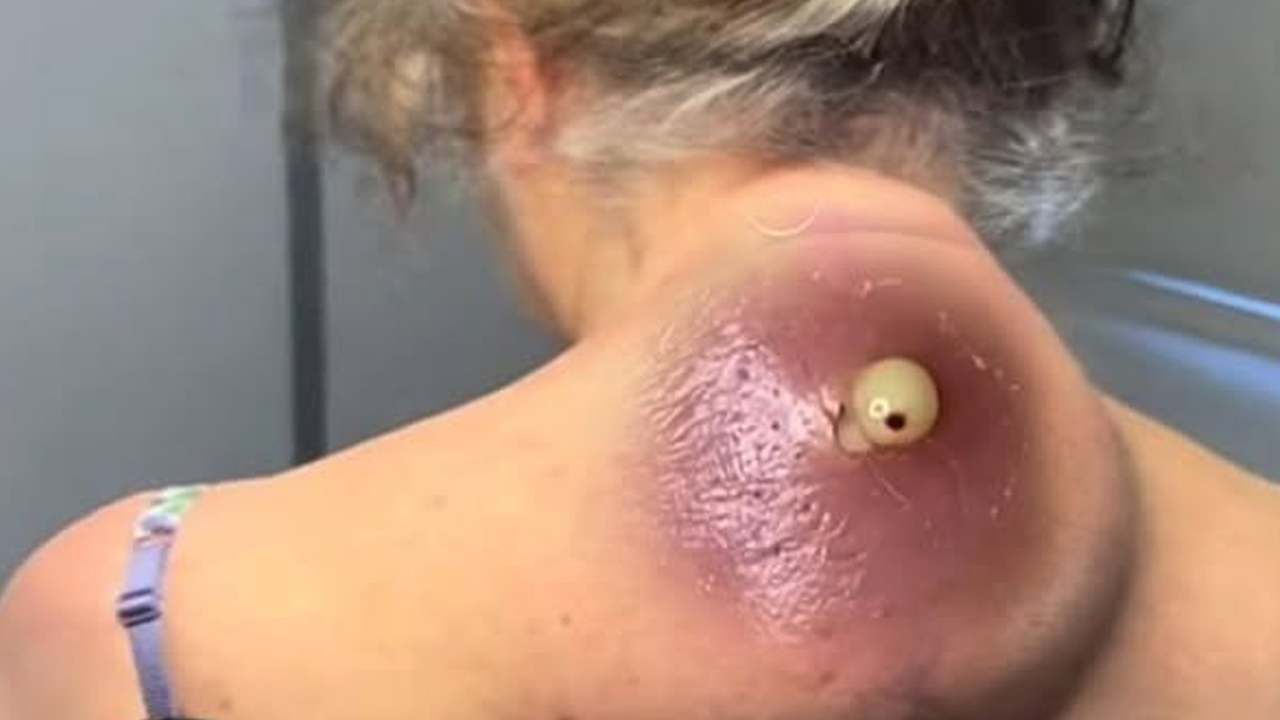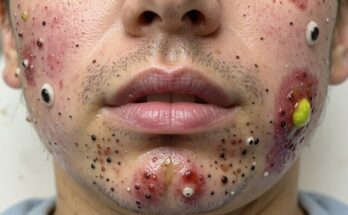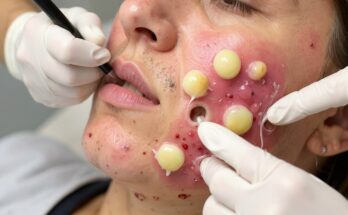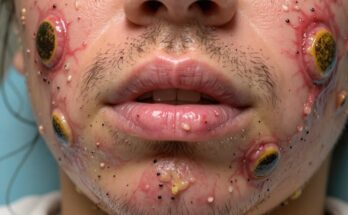Navigating the Landscape of Large Cyst Removal: A Comprehensive Guide
Dealing with a large cyst can be unsettling, prompting concerns about treatment, recovery, and potential complications. This guide delves into the intricacies of large cyst removal – whether it’s a sebaceous, epidermoid, or pilar cyst – offering a clear understanding of the process and what to expect.
The Dangers of At-Home Treatments
Before exploring medical interventions, it’s crucial to address the pitfalls of attempting self-treatment. Resist the urge to squeeze, pop, or lance a cyst at home. These actions dramatically increase the risk of serious complications.
Why DIY Removal is a Bad Idea:

- Internal Rupture: Squeezing can cause the cyst to rupture internally, leading to widespread inflammation and potentially dangerous infection.
- Severe Infection: Cutting into a cyst yourself introduces bacteria, significantly increasing the risk of a serious, potentially life-threatening infection.
- Excessive Scarring: Improper removal techniques inevitably lead to greater scarring than professional medical procedures.
Medical Removal: A Step-by-Step Approach
Professional cyst removal is a relatively straightforward procedure, usually performed in a doctor’s office under local anesthesia. The approach is tailored to the individual cyst’s characteristics.
Pre-Procedure Evaluation:
A thorough assessment is crucial. The doctor will determine the cyst’s size, location, depth, and whether infection is present. If infection is detected, antibiotics will be prescribed before surgical intervention.
The Surgical Procedure:
- Anesthesia: Local anesthetic, such as lidocaine, numbs the area.
- Incision: A small incision is made directly over the cyst.
- Drainage (If Necessary): If the cyst is inflamed or contains pus, the contents are drained first.
- Cyst Wall Removal: The crucial step involves the complete removal of the cyst’s entire sac (capsule). This meticulous removal prevents recurrence, a common problem with incomplete extraction.
- Closure: The incision may be closed with dissolvable stitches, or, in cases of infection, left open to drain, packed with gauze, and closed later.
- Post-Operative Care: The area is bandaged, and instructions are provided for keeping the site clean and dry, and avoiding strenuous activity.
Understanding Different Cyst Types
Several types of cysts require surgical removal. Understanding their characteristics helps in managing expectations and planning the procedure.
Common Cyst Types and Locations:

- Epidermoid Cysts: These firm, slow-growing cysts often have a central pore and are commonly found on the face, neck, and trunk.
- Sebaceous Cysts: Originating from blocked sebaceous glands, these cysts contain oily material and are frequently found on the scalp, back, and face.
- Pilar (Trichilemmal) Cysts: Typically located on the scalp, these cysts often appear in multiples and stem from hair follicles.
When to Seek Immediate Medical Attention
While many cysts are benign, certain signs warrant immediate medical evaluation.
Warning Signs Requiring Immediate Medical Attention:
- Rapid Growth or Significant Size: A cyst that’s rapidly increasing in size or is already exceptionally large requires attention.
- Infection: Signs of infection include redness, warmth, pus, and a foul odor around the cyst.
- Painful Cyst: Intense or persistent pain associated with the cyst is a cause for concern.
- Unfavorable Location: Cysts located on the face, genitals, or joints need prompt medical assessment.
- Recurrence: If a previously removed cyst returns, it’s vital to seek medical advice.
Post-Operative Care and Recovery
Proper aftercare is essential for optimal healing and minimizing complications.
Essential Post-Operative Steps:

- Wound Cleaning: Clean the area gently with saline solution or mild soap.
- Antibiotic Ointment: Apply antibiotic ointment as directed by your doctor.
- Wound Protection: Keep the wound covered with a sterile dressing and change it regularly.
- Activity Restrictions: Avoid strenuous activities until advised otherwise by your doctor.
- Follow-up Appointments: Attend all scheduled follow-up appointments for wound monitoring.
- Recognizing Infection: Contact your doctor immediately if you observe signs of infection (increased redness, swelling, pus, or increased pain).
Special Cases: Cyst Bursting and Abscesses
If a cyst bursts, it often becomes inflamed and infected, requiring immediate medical intervention. In such cases, incision and drainage (I&D) is typically performed to drain the pus, followed by removal of the cyst sac once the inflammation subsides.
Different Surgical Techniques for Cyst Removal
Several surgical approaches exist for cyst removal, each suited to specific situations.

Surgical Techniques Overview:
- Minimal Excision Technique: Ideal for small, uncomplicated cysts, this technique involves a tiny incision, removal of contents, and extraction of the cyst wall, minimizing scarring.
- Incision and Drainage (I&D): Primarily used for infected cysts to relieve pressure and symptoms, this approach may not prevent recurrence.
- Marsupialization: Suitable for cysts difficult to remove entirely, this technique creates a permanent opening, allowing continuous drainage.
This comprehensive guide provides a clear understanding of large cyst removal. Remember, timely medical intervention is crucial for effective treatment and preventing complications. Always consult a healthcare professional for diagnosis and treatment.



